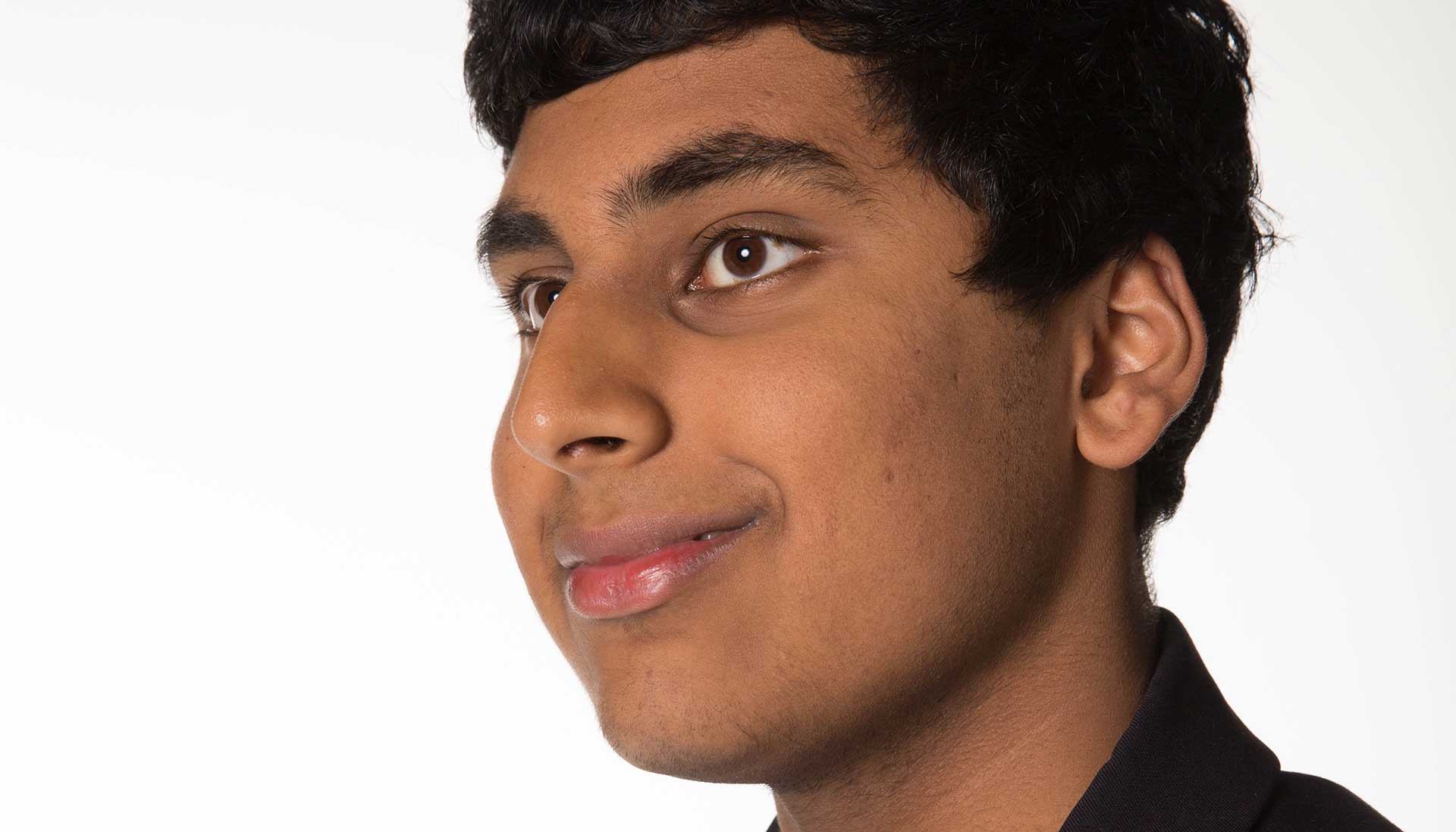
Backstage Pass: Viney Kumar Designs an Emergency Siren for the Mobile Age
In 2013, Future Global Leader Viney Kumar retooled the ambulance siren for the mobile age. The app he designed alerts drivers to the presence of an emergency vehicle much earlier than the traditional, helping to prevent an emergency response worker from being unable to reach his destination because he’s stuck during rush hour. The app earned Kumar a top prize at the Google Science Fair.
Kumar’s age when he coded this potentially life-saving app? 14.
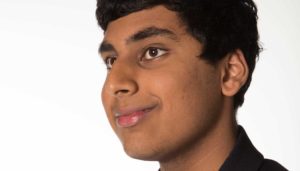
Future Global Leader Viney Kumar was inspired to create his app after witnessing an ambulance unable to reach its destination in India.
Most 13- and 14-year-olds aren’t designing apps that have the potential to save lives. What inspired you to start such an ambitious project?
The inspiration for my project was seeing an ambulance in India that was stuck in traffic, and I was thinking, what can I really do about this? I was seeing this whole incident and I was powerless to stop it. When I got back to Sydney, where I’m from, I wanted to see what I could do about that. I wanted to solve this problem.
How exactly is your app able to prevent this problem?
The way it does this is that it uses the Internet and GPS technology to transmit the message from an emergency vehicle to all the drivers within a certain range. On your car dashboard, you’ll get a Google map saying exactly where you are, where an emergency vehicle is—its location, its destination and its projected route. So every single driver is going to know whether they’re in a critical path, and, therefore, whether they actually need to pull over—within one minute of an emergency vehicle actually coming.
I’m starting trials in both Sydney and in India. I’m starting to put this into practice and actually starting to get my ideas out there. Emergency services have had pretty positive responses. They’re really interested in helping to save lines by using technology to save lives and improve their response times.
What went in to developing this app? What types of skills did you have to learn?
I had to learn a lot of new skills that I hadn’t learned before, including working with GPS systems, web servers, Javascript, a bunch of other different types of things. I had to learn them all in a short period of time, but I found a lot of meaning in learning all these new things in such a short period of time.
I’d written code before, but this process of experimenting, having things going wrong, modifying them, things still going wrong and then eventually coming up with that one working solution—that’s one of those great moments.
Now that you know the trial and error process involved—what projects do you plan to start the “process of experimenting” with next?
I have two projects currently going. I’m working on a wilderness survival application that helps to save people lost in the wilderness. I’m designing a prototype for a game that can help to save elementary school children at risk from cancer, heart disease and obesity just by encouraging the right eating habits.
Wait—through games? How can games help to prevent heart disease and obesity?
It’s through incentivizing behavior and encouraging them to eat fruits and vegetables. It’s a very different idea. It’s through gamification.
The idea came when I was looking through the Cancer Council’s site and they said that if you could eat two serves of fruit and five serves of vegetables, then you have a much, much lower risk of getting all of these diseases. So I thought, how could I incentivize people to actually do that. And I looked and it all starts with children. It starts with youth. It’s still in the conception stage, but I’m working on this game that can actually inspire people to eat better.
Why is it important for you to be able to share your ideas through a platform like CIW?
CIW is a platform to help get your ideas and your vision out to the general public, and to inspire others to follow in your footsteps. But it’s also a community of people who inspire you to do more and to be more, and that’s what helps change things.
Q&As are edited for clarity and length.


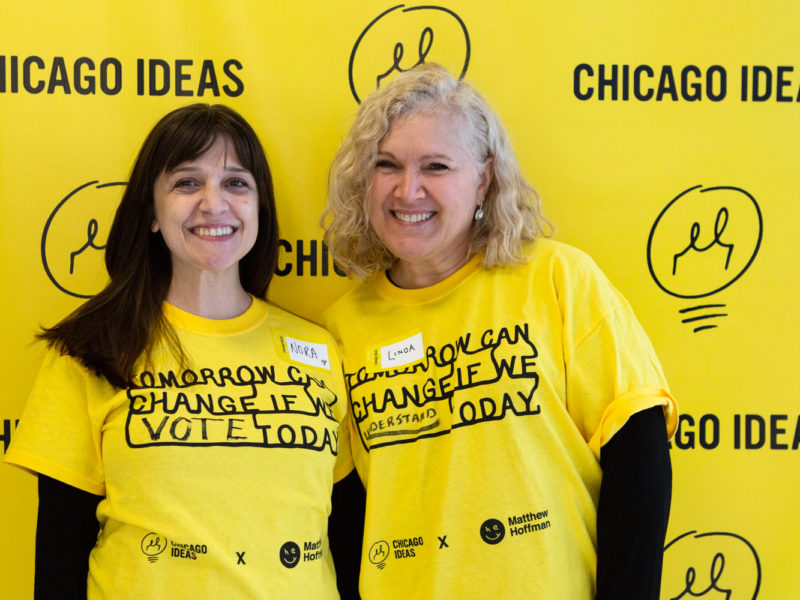
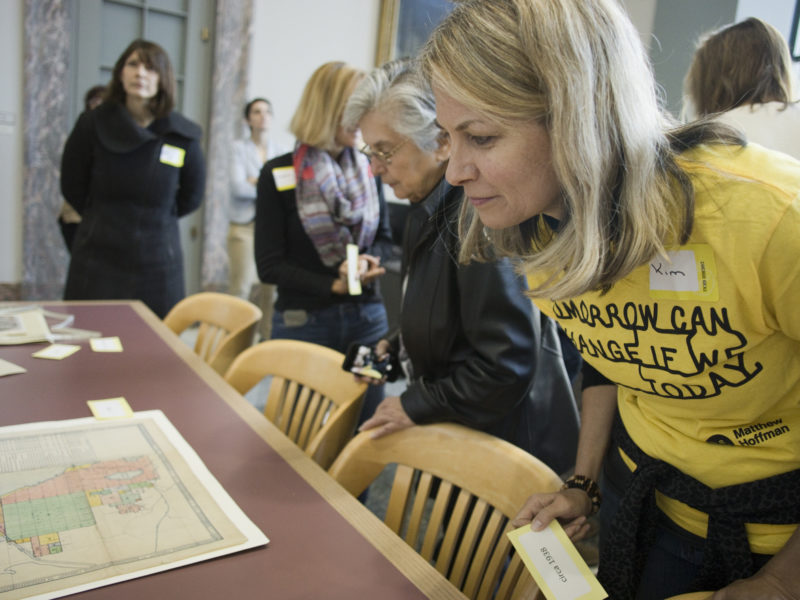
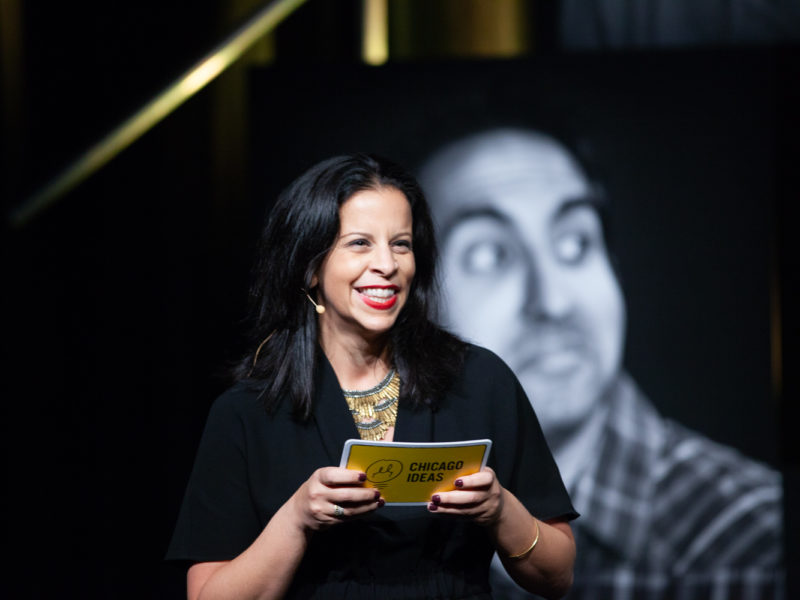
bgordski
This is a lifesaving idea. What has happened to this since 2014? Who has the US patent? Would this work better if the Emlocator (EML) transmitter used cell tower input, as well as, GPS like google maps? Does this also locate EML both above and below the target (receiving) vehicle? If one is on an overpass the EML could be under you or if one is under an overpass the EML could be above you. Does the EML show multiple targets? Does the Target receive the signal transfered to voice for hands free operation? If so, in what languages is this receiver available? Is a heads up display model available?